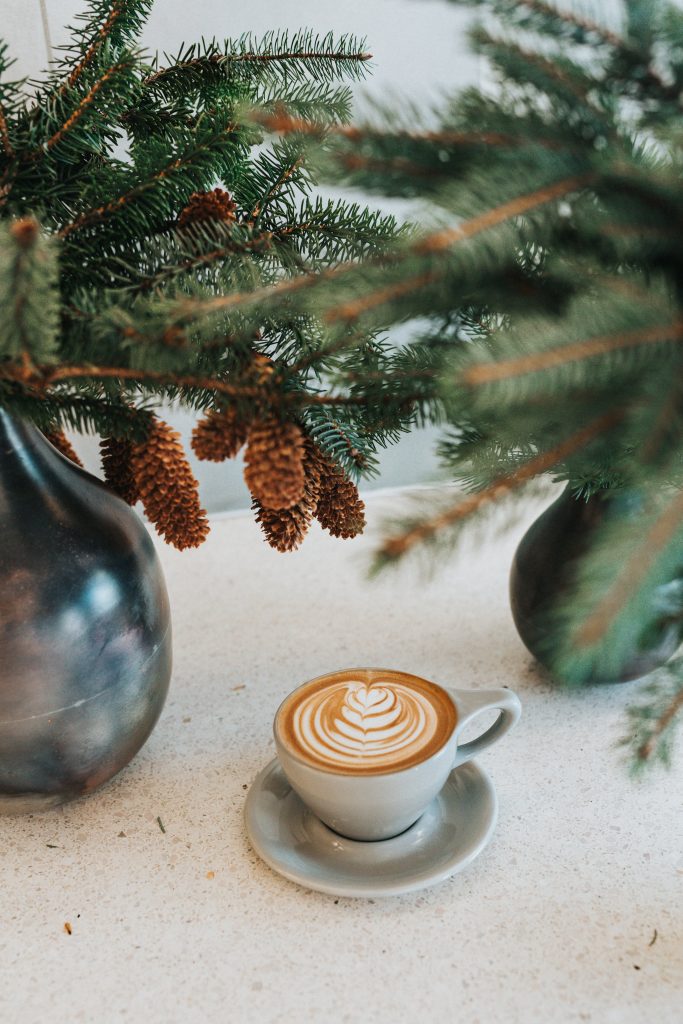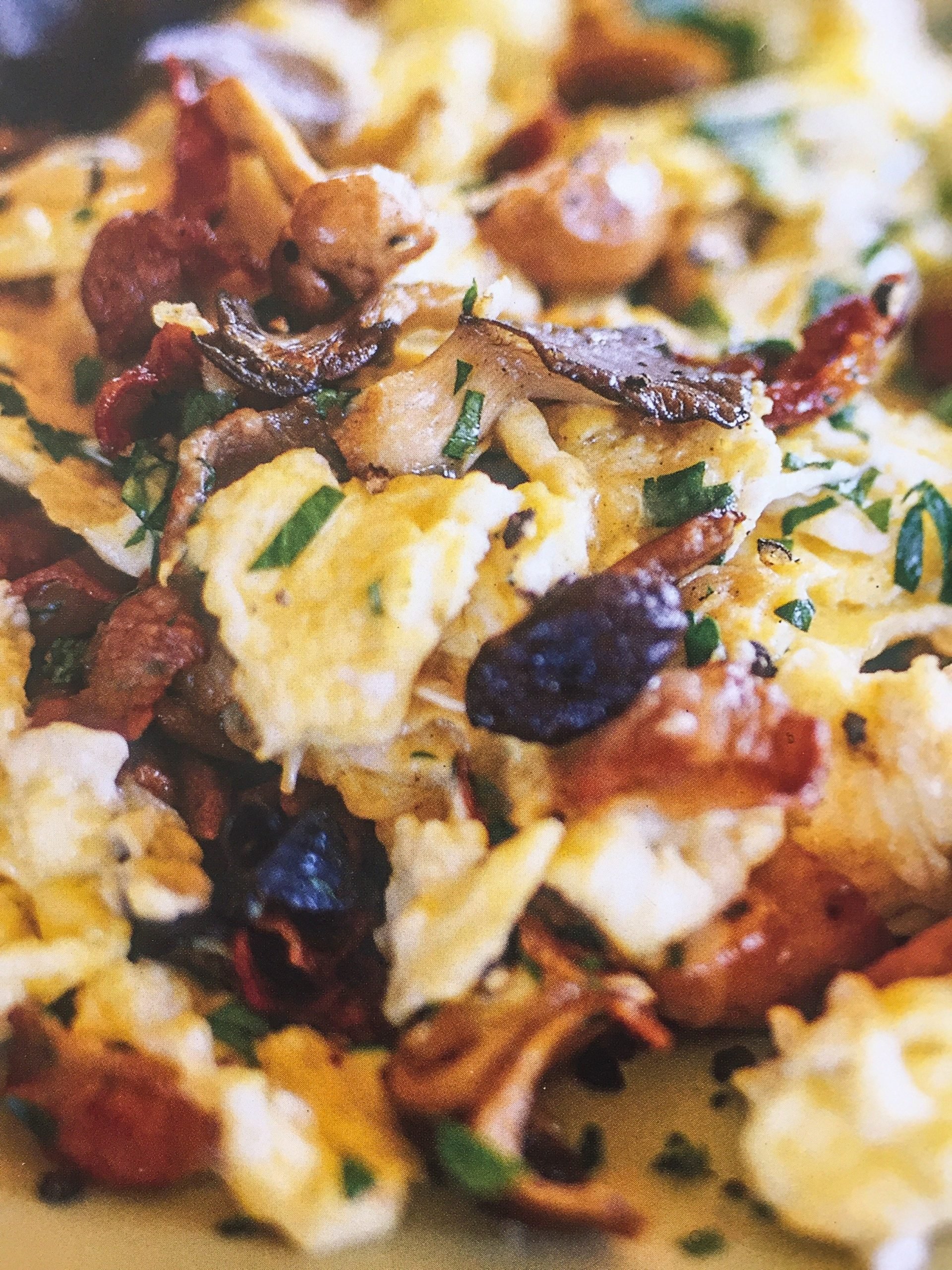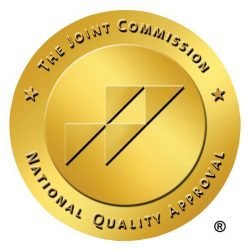WHEN HOLIDAYS AND EATING DISORDERS COLLIDE

How can someone eat mindfully when distractions on both physical and emotional levels are often at an all time high? I remember those feelings. It was painful. It was scary. And because I remember, I want to share some thoughts that will hopefully encourage you, and at the same time, neutralize some of the fears and tension that your body and heart may feel right now.
For the first time this holiday, my 97-year-old grandmother is not with us. My perspective on this side of recovery, almost 30 years’ worth, in fact, has changed over time. Holidays weren’t holidays without a trip to my Mama’s house, where she would have labored and fussed for days on end to prepare a feast where desserts outnumbered entrées and sides. By the time the meal arrived, she would be exhausted, and grumpy. And that Southern message of “you love me if you eat—a lot” was shared in both verbal and nonverbal ways.
My disordered eating thoughts heard it loudly, and I feared the delicious food displayed on the table—and that fear turned into a mixture of resentment and panic. It took some time before my memories of my Southern family holidays could separate from the all-consuming “love/hate” relationship that I had developed with food. I admit it took some time before the thought of an upcoming holiday didn’t make me catch my breath in fear and anxiety. The “love is food” messages I heard so loudly back then had drowned out any other message of love, of relationships, of peace, of hope, of life well-lived.
I’m sentimental this year, for sure, but I can’t help but see those old memories in a different light now. In fact, I’ve been mindful of the difference for a long time now. Her famous dressing made from stone ground corn, ground from cobs of fresh corn she and Papa had grown, smelling of sage and celery, may be a lost art now. We try, but I’m not sure anyone has her magic hand.
Why do I bring this up? Because now I focus on the layered memories that a serving of cornbread dressing brings – it still tastes wonderful and yet the emotional taste is what I cherish most. Memories of relationships and traditions. And recognition of the strength and resilience that holiday cornbread dressing now represents to me!
I hope I can encourage you to practice your mindfulness skills this holiday—and I’m not limiting this mindfulness around food and eating itself (although that is a lovely and powerful thing to practice)! Practice mindfulness in the moment, what is happening right now around you. Around a relationship that is present with you, or the sound of voices talking at the table, or a memory of someone who has supported you on your recovery journey who may or may not be present.
Celebrate the moments that are bigger than any one meal or any one food, if that memory is happening right then or if it is one you carry with you. Take some deep breaths and savor the relationship as you savor the nourishment on your plate. If you are alone during the holidays for any reason, I encourage you to think of someone safe and well who you would like to have a conversation with, and be mindful of what you would say and what you would hear if that person was sitting by you, all while you nourish your body with the meal you choose to eat. See the nutrition you are eating directly fuel your thoughts, and emotions, as your body’s neurotransmitters that communicate feelings literally need energy from daily food to even exist.
Sense the power of nourishment to support relationships on both a physical and emotional level. And see yourself not just surviving this holiday but thriving in an intentional way. If you cannot savor every bite by how it tastes or smells or feels in your mouth, you can savor the moment in time that embraces the relationship happening right then, or the memory of one that has helped you in the past, as you eat each bite.
Recovery skills to consider using during difficult holiday moments include:
1. Understanding the present moment.
When you are fully conscious of where you are and aware of yourself in that specific environment, you can begin recognizing what about the environment triggers self-criticism and shame. If the food on your plate triggers a shame cycle and morphs into a calorie calculator, acknowledge the thought.
Acknowledge this as a pattern that the eating disorder is used to following. Acknowledge that you’ve seen this before, and you recognize it now. Breathe. See the energy from the calories nourish the breaths you just took, stimulate the taste buds you just experienced, and activate the muscles you just used to chew and swallow. Then see the energy traveling to your ears, so you can hear the voices around you, and follow it to your eyes, so you can see the relationships in front of you.
2. Practicing self-compassion.
As you work to embrace the present moment and take steps to simply acknowledge the thoughts you are having, remind yourself that you are capable of change. Every day brings another opportunity to practice change no matter how small and simple. You are here today because you are resilient. You are stronger than you were yesterday because you are one day closer to recovery.
Thank you for sharing a memory of mine, and a glimpse into my recovery journey. In the heart of sharing food and memories, I am happy to share a wonderful holiday memory of Chef Mary Russo, our national director of culinary services and the recipe that goes along with it!
In the words of Mary, “This holiday recipe is one of my all-time favorites. When I was little, we used to wait impatiently for my oldest brother and his wife to arrive on Christmas morning so we could open presents, and she always brought this delicious egg and sausage casserole that I loved. I tried for years to replicate it, and finally arrived at this recipe. It’s perfect for Christmas morning, and makes the house smell delicious!”

From the kitchen of our very own Mary Russo, national director of culinary services.
SCRAMBLED EGGS WITH MUSHROOMS, CHEDDAR, AND PANCETTA
- 2 oz. chopped pancetta
- 4 Tbsp. unsalted butter
- ½ lb. assorted wild mushrooms (or a variety of any type of mushrooms that you can find), such as chanterelle or porcini, brushed clean and coarsely chopped
- 1 tsp. sea salt
- 10 large eggs
- ½ tsp. freshly ground black pepper
- 1 clove garlic, minced
- ¼ lb. cheddar cheese, cut into ½-inch cubes
- 2 Tbsp. minced, fresh flat leaf (Italian) parsley
In a frying pan over medium-high heat, melt 1 ½ Tbsp of the butter. When it foams, add the mushrooms and sauté until they release their juices, 4-5 minutes. Sprinkle with ¼ tsp of the salt. Using a slotted spoon, transfer to a bowl and set aside.
Break the eggs into a separate bowl, add the pepper and the remaining ¼ tsp salt, and whisk until well blended.
In a clean frying pan over medium heat, melt the remaining 2 ½ Tbsp butter. When it foams, add the garlic and pancetta and sauté until translucent, 2-3 minutes. Pour in the eggs and reduce the heat to low. Cook, stirring often, until the eggs are nearly cooked to the desired consistency, about 5 minutes for a soft curd, and 7-8 minutes for a firmer one. Add the mushrooms, cheese, and parsley during the last 2 minutes of cooking.
Spoon the eggs into a platter or individual plates and serve at once.
Tip: Fresh herbs, such as thyme or basil, can be used in place of the parsley, while gruyere or mozzarella cheese can be substituted for the cheddar.

JOIN OUR ONLINE SUPPORT GROUP
Weekly meetings
Fridays at noon / PST

VIRTUAL TREATMENT OPTIONS
Meeting each client where they are on their recovery journey. Virtually.
Our Recommended Articles
Start the road to recovery with Alsana.






